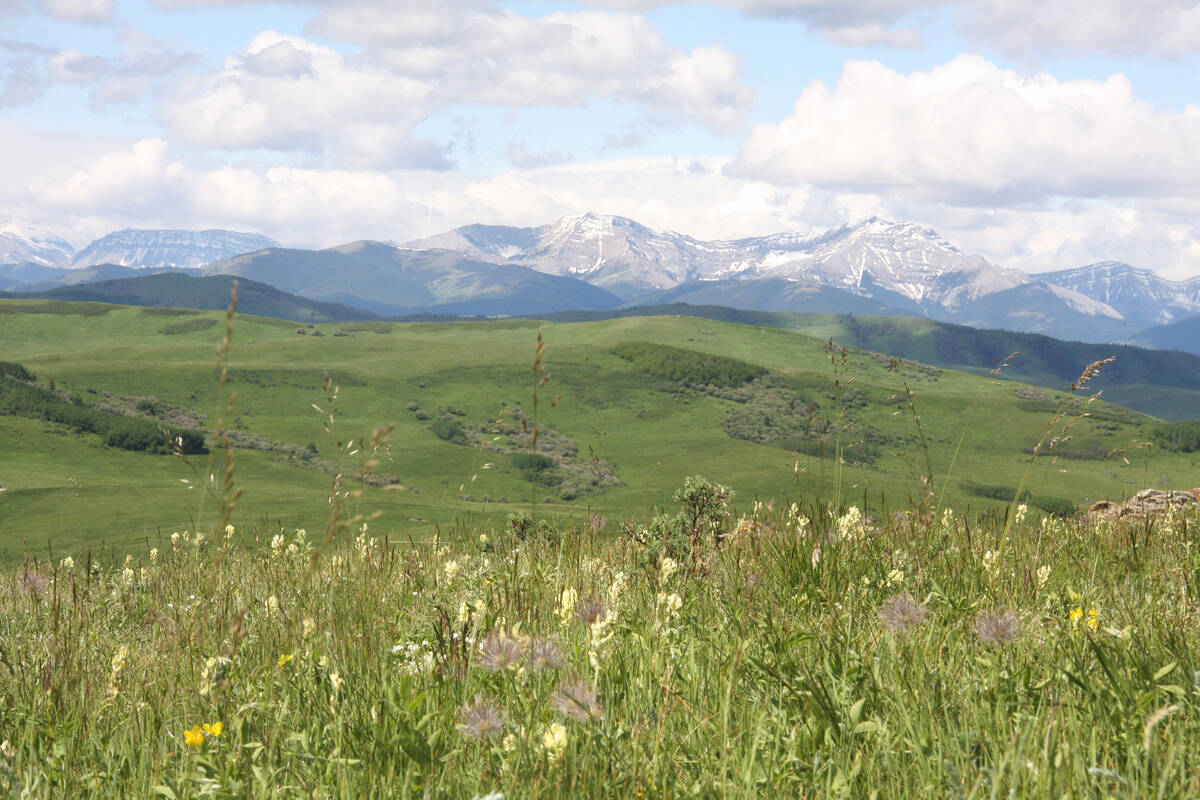Scientists at the Western College of Veterinary Medicine in Saskatoon say determining cattle’s age by looking at their teeth is a “very reliable” process.
Known as dentition, the age-determining method has found itself in the spotlight since bovine spongiform encephalopathy was discovered in an Alberta cow earlier this year.
Because cattle younger than 30 months are considered free of BSE, determining their age is an important trade issue.
Third incisors typically appear only after cattle mature beyond 30 months. As a result, animals that have a third incisor tooth set will be considered older than 30 months of age and their meat will be ruled ineligible for export to the United States, at least under current trade stipulations. There will be no exceptions.
Read Also

Selenium not deal breaker in coal mining: expert
Environmental scientist weighs in on coal mining debates in Western Canada, explaining selenium and the technologies and practices to lower its concentrations in nearby waterways to coal mining operations
“The eruption dates are very, very accurate,” said Chris Clark of the veterinary college’s large animal clinical sciences department. “It’s not an exact science, but (the science) is very, very good in young cattle for eruption dates. It’s a very good way to age cattle when they’re young.”
Lyall Petrie of the large animal clinical sciences department agreed.
“It’s as reliable a way as any for detecting age in cattle.”
Before dentition became commonplace, age was determined by ossification, the study of age-defining features in bones. Inspectors looked at the animal’s spine for colour and hardening, with spines appearing porous and red in cattle younger than 30 months.
Ossification and dentition are both conducted after cattle are slaughtered, but dentition is considered more practical because producers can do it on the farm while the animals are still alive.
Bob Sturm of the Canadian Food Inspection Agency said that if dental checks at the slaughter plant determine that an animal is older than 30 months, the carcass is marked and handled on a separate line.
“You don’t use the same tools, i.e. split saws, on animals that are over 30 months and animals that are under 30 months because of the possibility of cross-contamination.”
Sturm said it’s not unheard of for the third pair of incisors to emerge before an animal reaches 30 months, but as far as the CFIA is concerned, such an animal would be classified as older, regardless of birth certificate.
“If there’s going to be an error, it’s going to be made on the side of food safety.”
However, he said it’s rare for the third pair of teeth to erupt early.
Dentition was made the official method of assessing age in cattle in the United Kingdom after its BSE outbreak.














